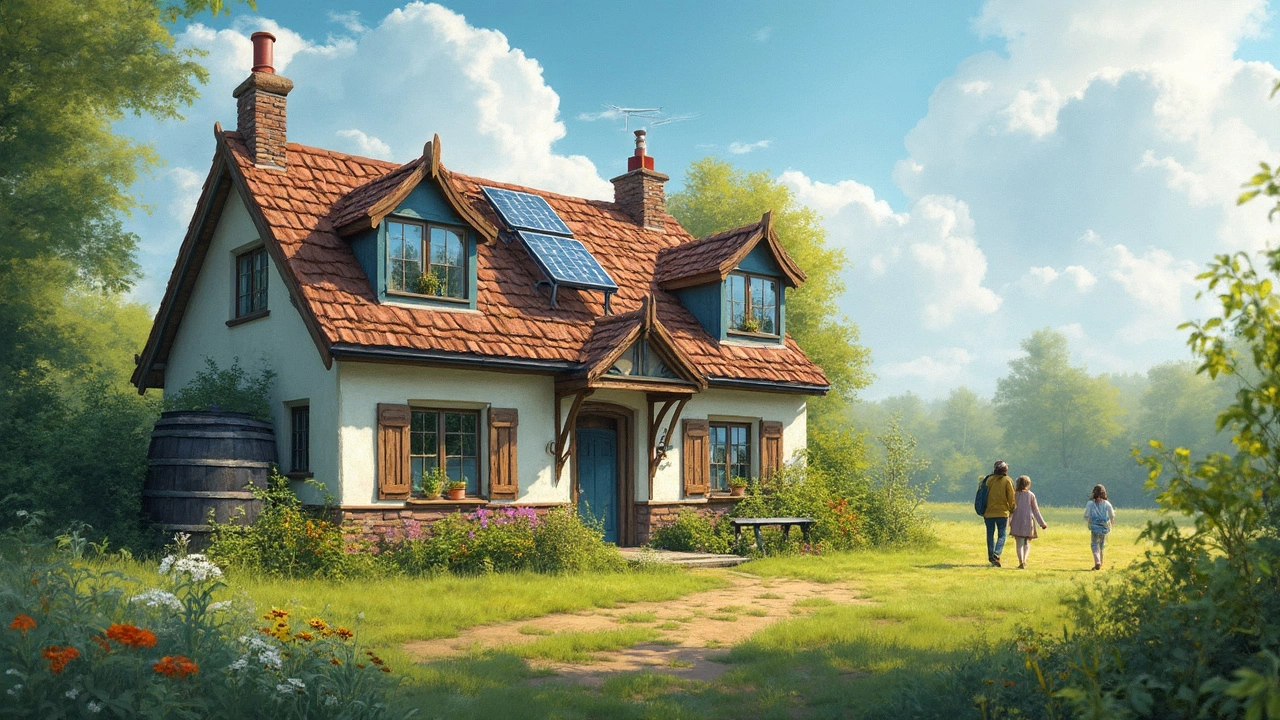
Building Expenses: How to Keep Construction Costs in Check
Getting a new home or a cottage built can feel like a money maze. One wrong move and the budget blows up. The good news? Most surprise costs are avoidable if you plan ahead and watch the details.
First, write a clear budget. Split it into three buckets: land, construction, and finish‑out. Land is usually the biggest chunk, but it’s the one you can lock in early. When you know the exact price of the plot, you can set a realistic limit for the building work.
Identify the Real Cost Drivers
Materials are the next big driver. Brick, timber, steel, and insulation each have price swings. If you pick a popular material during a high‑demand season, you’ll pay more. Look for off‑season deals or consider alternatives like prefabricated panels, which often cost less and speed up build time.
Labor is the sneakiest part. A skilled crew can finish faster, saving you money on site overhead. Check local apprentice programs – they often offer lower rates while still delivering quality work under supervision.
Watch Out for Hidden Fees
Permits and inspections sound like paperwork, but they’re real expenses. Forgetting them can halt the project and rack up fines. Call your council early, list every required permit, and add a 5‑10% buffer to the budget.
Utilities also sneak in. Hooking up electricity, water, and sewage can cost a few thousand pounds. If the site is remote, expect higher fees for trenching and connection.
Don’t ignore the cost of waste removal. Every ton of rubble needs to go somewhere, and dump fees add up. Plan a waste‑management strategy – sometimes you can recycle materials on‑site and cut costs.
One more hidden expense is design changes mid‑build. A new window here or a different floor plan there can mean re‑ordering materials and re‑doing labor. Keep your design locked before the first brick is laid. If you must change, do it early when the impact is minimal.
Now, let’s talk savings. Buying in bulk is an old trick that works. Talk to suppliers about a discount if you’re ordering large quantities of timber or drywall.
Consider modular or kit homes. They’re built in factories, shipped, and assembled on site. Fewer weather delays mean a tighter schedule and lower labor bills.
Energy‑efficient designs may have a higher upfront cost but pay off fast. Good insulation, double‑glazed windows, and a heat‑pump can shave hundreds of pounds a year off the bill.
Finally, use a simple spreadsheet to track every expense. Update it daily, compare actual spend to the plan, and flag overruns early. Seeing the numbers in real time keeps surprises at bay.
Building a home doesn’t have to break the bank. By knowing the main cost drivers, planning for hidden fees, and using smart buying strategies, you can stay in control of your building expenses and finish the project on time and on budget.
